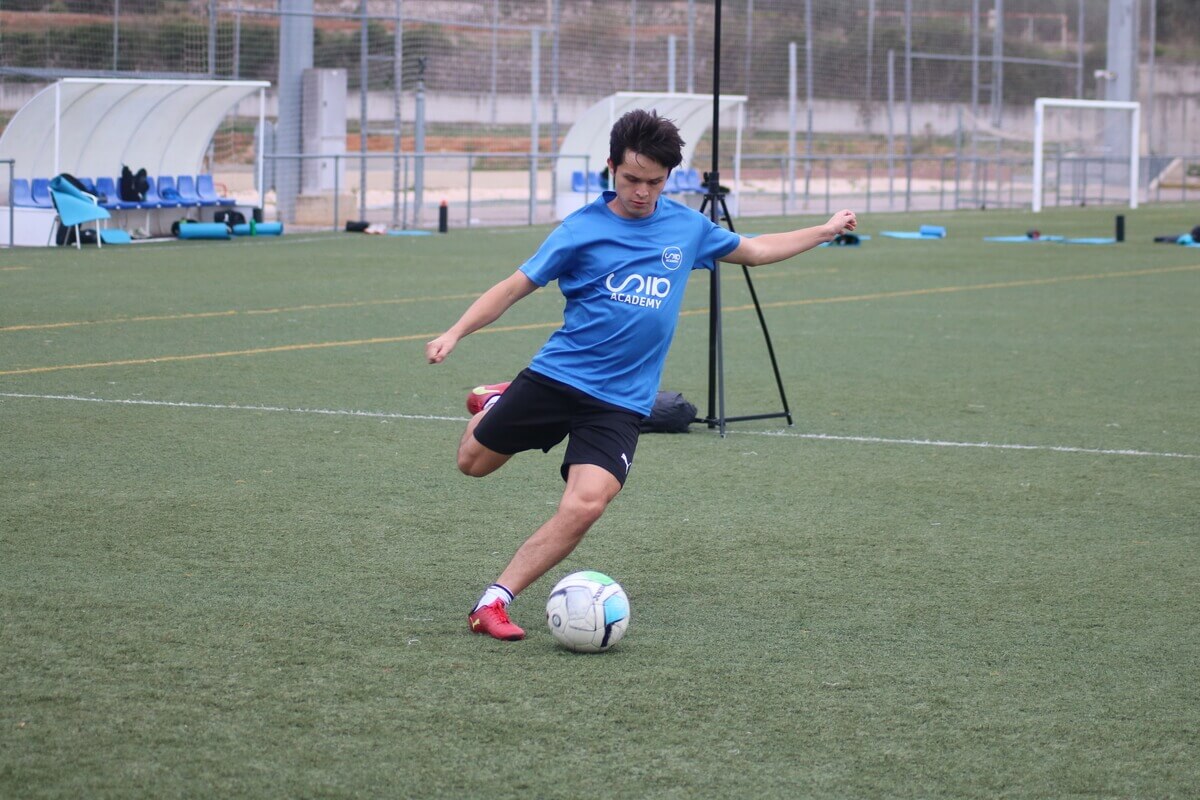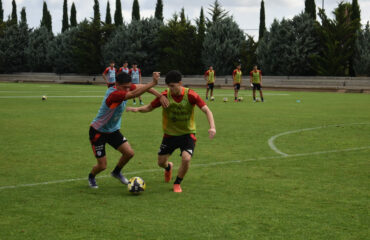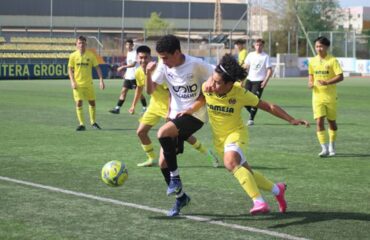Video analysis can be described as the process of collecting data using video to analysing that data to finally prepare it and deliver it as feedback. Video analysis aims to improve sports performance by providing data, therefore it is very important prior to start recording what data we want to analyse.
The analysis philosophy (what we want to analyse and how we want to analyse it) could depend on the player´s needs, the coach’s interests, the club’s mentality, etc.
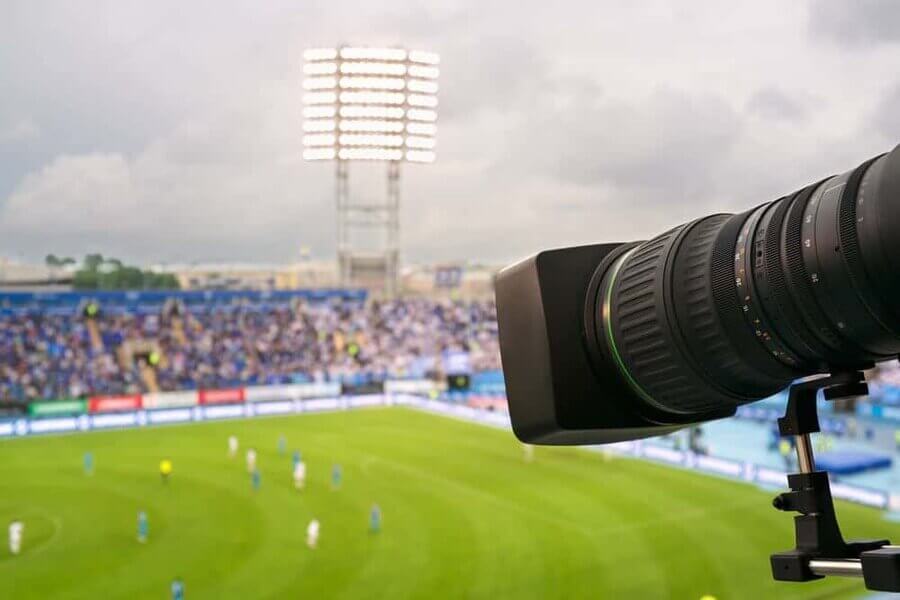
The first step is deciding what we want to analyse:
Before we start deciding on the cameras, software, or type of presentations we need to understand the situation and the needs of the team.
· What level are we? Depending on the level we could look to analyse simple or complex concepts.
· What age are our players? If our players are very young maybe it is more important to focus on analysing basic individual skills instead of team formations or tactics.
· What does the coach want? Different coaches have different needs therefore we need to work with our coach to know what he wants and to find the best way to provide that.
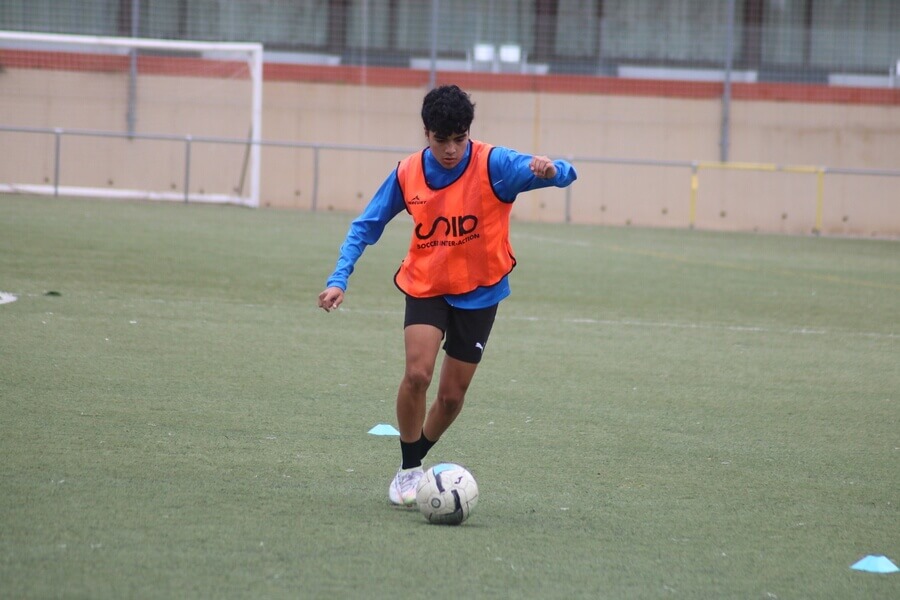
Find out your needs
· How much time can we dedicate to video analysis? The reality of video analysis is that it can be a very useful tool but it is very time-consuming, especially if you don’t have the right tools or knowledge. Therefore we need to realise how much time takes to analyse and obtain the data we want.
· What is the video analysis culture? Nowadays people are starting to progress but you can still find some dinosaurs that believe data is useless or there is no point in going over some old games. Some players might not want to look at a bad game or maybe, they just don’t care.
After finding out the needs, opportunities, and scenarios we are dealing with then we can start developing an action plan.

EEquipment needed for video analysis in football
Obviously, there are very expensive cameras, drones, software, and computers that use professionals to make their analysis but I can assure you that with a lot less you can still make very good analysis. Video analysis at the grassroots is not impossible, as a matter of fact, it is starting to be more common every year. Although you may think that it is too expensive, there are very good affordable options that can help you start in this world.
1. You need a camera. There are plenty of options in the market depending on how good you want the quality of the image to be, but I am sure there is an option that you can afford. If you find one that is reliable and provides decent images that are perfect to start. In the case that our budget is 0, you can also still make videos with your phone or maybe someone can lend you a camera.
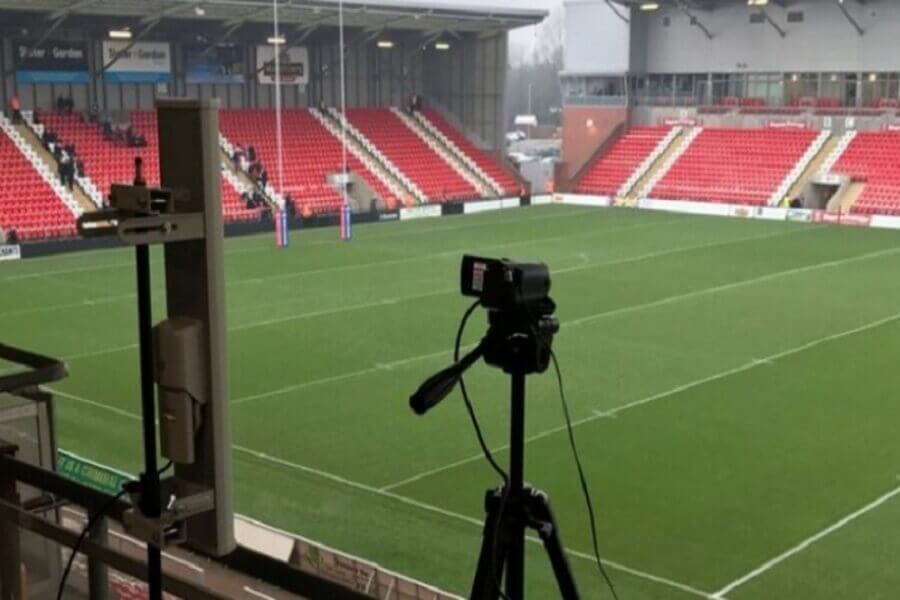
- 2. If you got a camera, the best second thing you can buy is a tripod. There are many and the most basic one will do, although the higher the better. Be clever with the height because every meter counts. My best advice is to always try to use the environment to gain altitude: use the stadium stand, a hill, or simply a ladder.
- 3. You need a method to note down what you want to analyse. A laptop is your best friend here, especially if you can take it to the matches! And if you just have one at home do not underestimate the classical pen and paper.
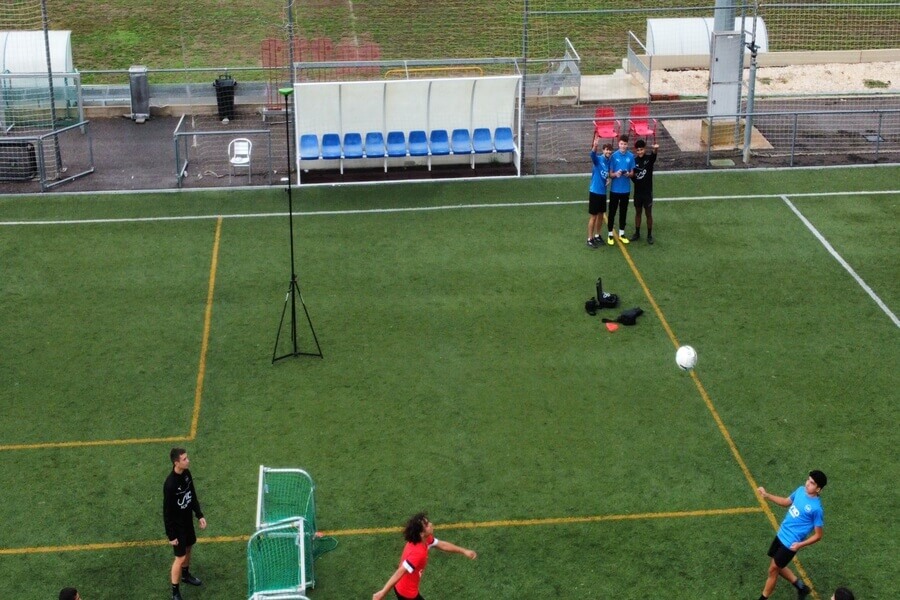
- 4. Video analysis software can be a very useful tool to help you “code” your game and obtain stats, clips, and presentations. There are many, and some of them have a free version like Longomatch! Either way, you can find advanced versions by just paying a few hundred per year (Longomatch Pro, Sportscode, and Nacsport).
- 5. Lastly, another useful element is a projector to show all the hard work you have done to the coach or players. Although, nowadays you can also share it on phones and it can be another useful method.
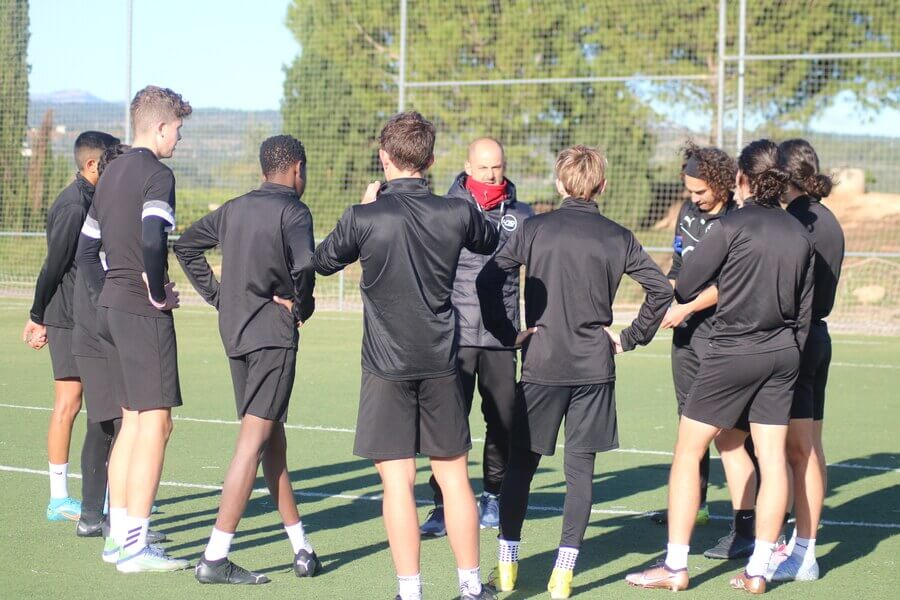
What is the recording process?
You need to decide who will perform the video analysis tasks filming games and training, go over the videos, obtain useful data and clips, create a way to present it, and finally deliver it. The first coach, second coach, players, or maybe the families can help with all these steps.
1. What are you going to film and why? Maybe it is just the games, the training, or the set pieces.
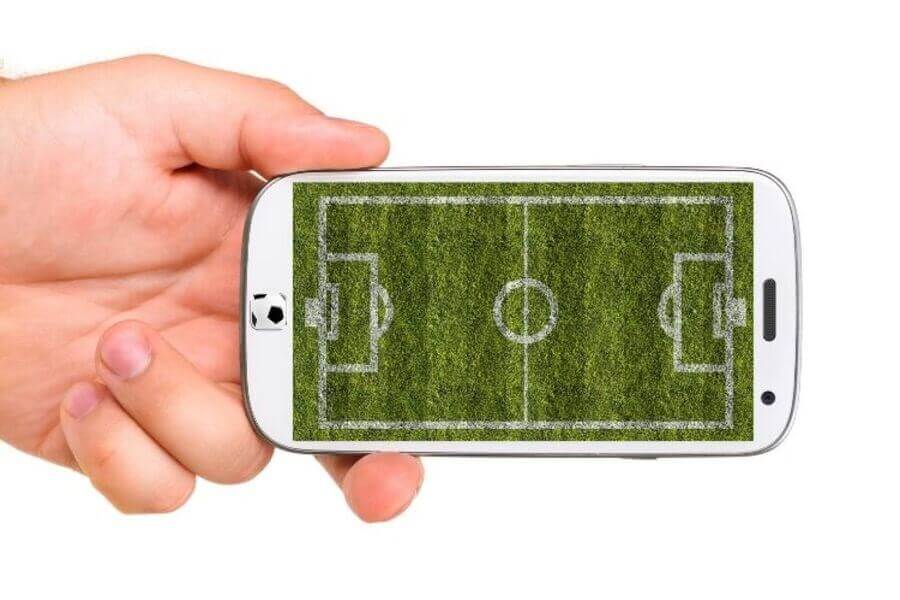
- 2. Prepare the videos to be analise. You only want to see the cuts of the time they play or something important happened.
- 3. Start quantifying what you think is important or relevant for your team. Maybe you want to quantify the basics (goals, shots, corners, etc) or maybe something more complex (ball possession, passes that break defensive lines, entries to the last third, etc.).
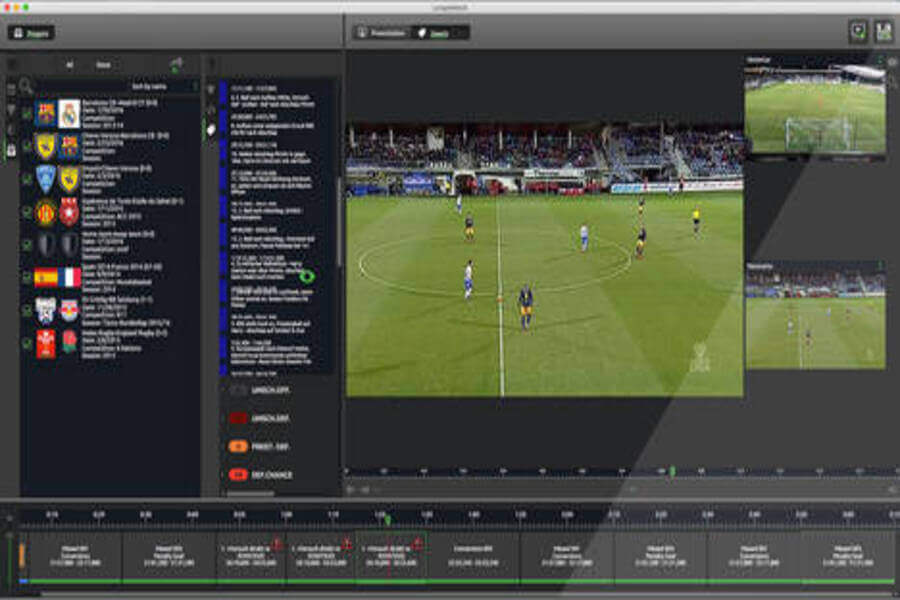
- 4. Once you have the clips and the stats it is time to prepare it to be delivered. Simply you can put it all together in a video, or make a presentation or a report. Be aware of the needs of who will consume that information and how you want to visualise the information.
- 5. Deliver the information: post-match, pre-match, individual feedback, position session, tactical information, etc.
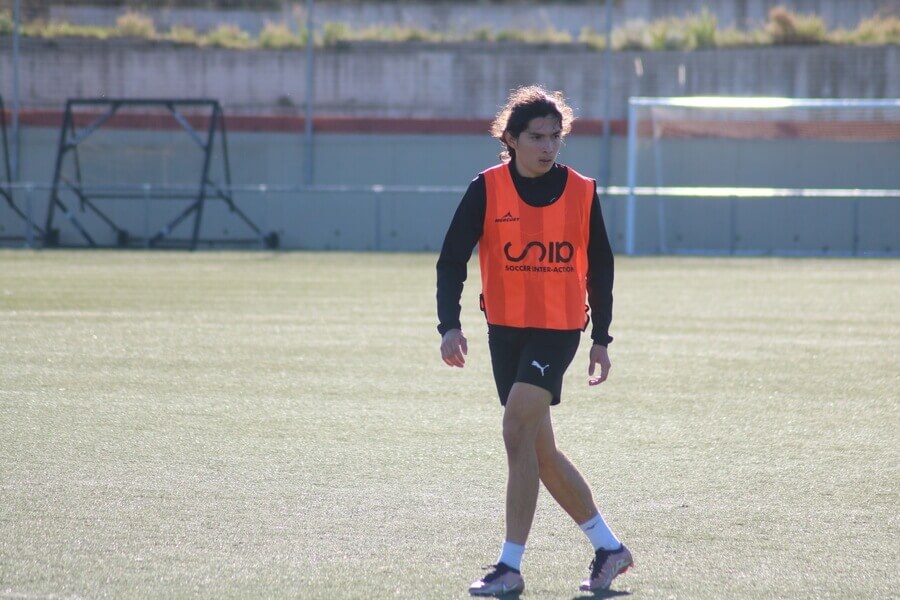
Conclusion
Video analysis is available to anyone nowadays, you just need to understand the situation your team is in, be clever with the resources you have and how you can implement them, and finally plan and organise the process.
Don’t want to do everything. Do everything in your hand perfectly and it will already be of great help to the club’s teams. It is a tool that not everyone can have and the smallest detail will help the different coaching staffs to improve their players.



